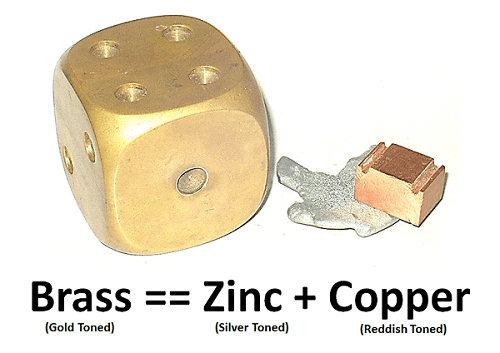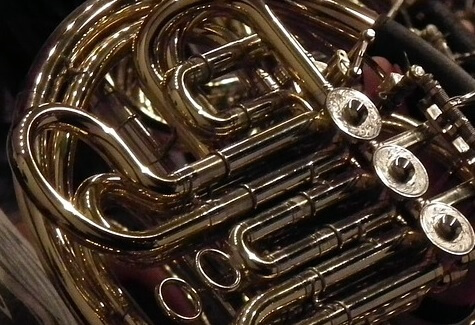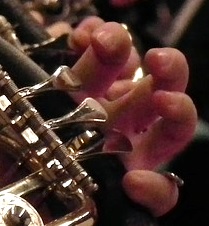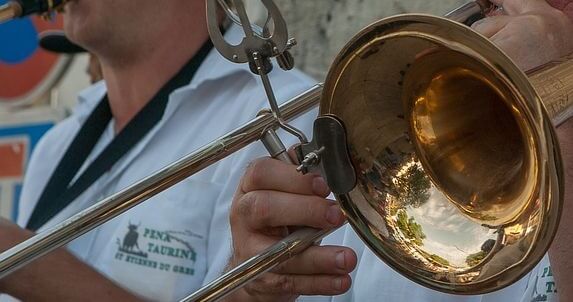 Whimsical Woodwinds and Boisterous Brass
Woodwinds and Brass
Whimsical Woodwinds and Boisterous Brass
Woodwinds and Brass

 Whimsical Woodwinds and Boisterous Brass
Woodwinds and Brass
Whimsical Woodwinds and Boisterous Brass
Woodwinds and Brass

Study the musical selection for one week.
Over the week:




Activity 1: Can You Find It?
Study the lesson picture and find the following:

Activity 2: How Long are Uncoiled Brass Instruments?
Materials: String or Yarn, Yard Stick or Ruler
Trumpet Directions:
Trombone Directions:
French Horn Directions:
Tuba Directions: